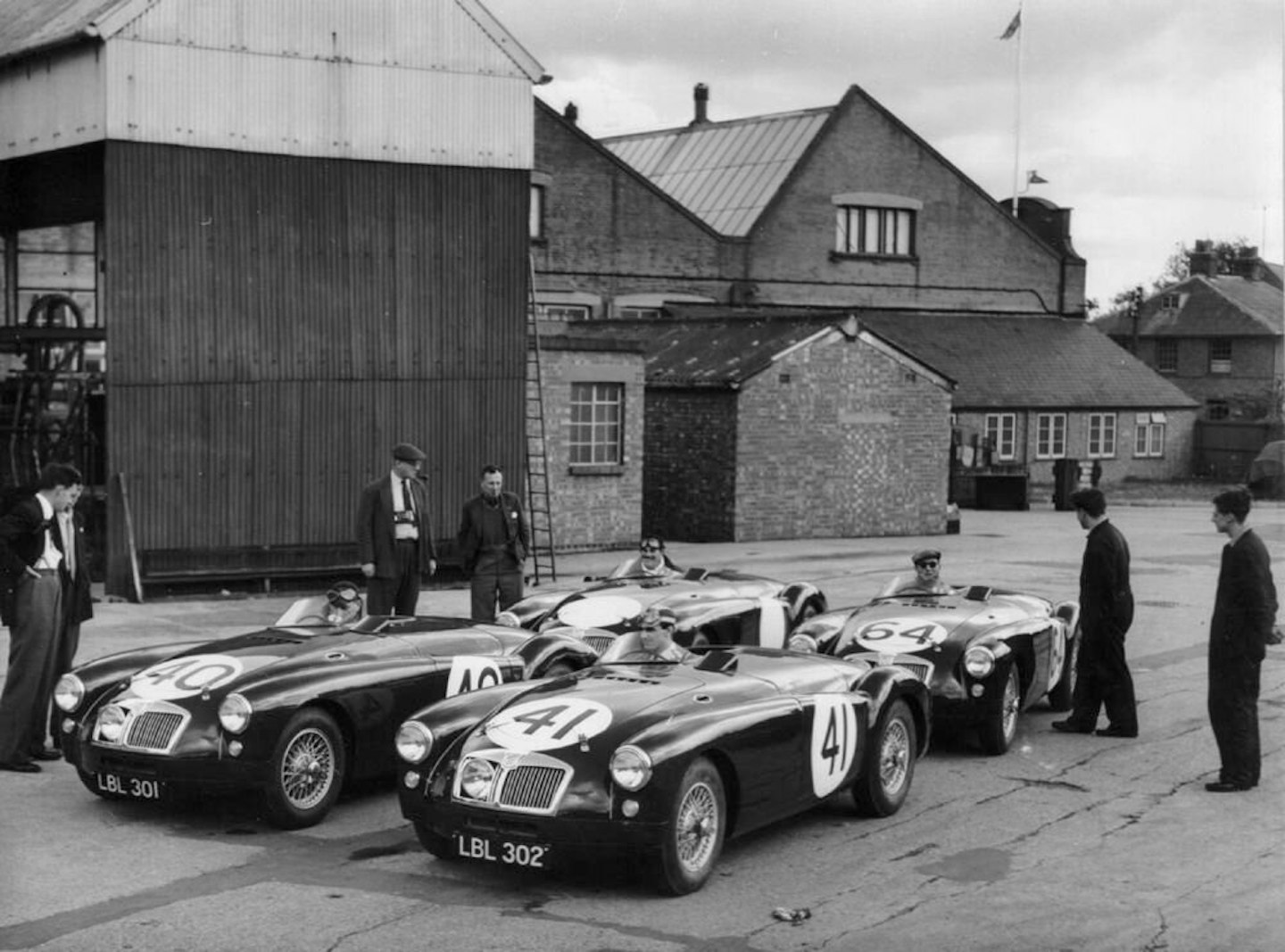1 - It Was Meant To Look This Way
The MGA was launched in 1955 and stayed in production largely unchanged throughout its life until the MGB replaced it in 1962. However, there were plans to facelift it for 1959. The design team experimented with new front and rear ends, but were unhappy with the results. Eventually, it was just decided to uprate the engine, from 1489cc to 1588cc, as well as fit front disc brakes and do some minor cosmetic tweaks. The design team switched its focus to the forthcoming MGB instead.
2 - It Replaced The TF
To a certain extent. The TF was the last of the old ‘Midget’ range of sports cars, which the new Midget MkI of 1961 more properly replaced, at least spiritually. The original Austin-Healey Sprite had been introduced, at least in part, to plug the gap left when the MG TF was discontinued; the MGA was larger, more complex, had better performance and was thus more expensive. As many former T-type enthusiasts then turned to the Sprite rather than the MGA, an MG badge-engineered version of the Sprite re-using the Midget name seemed logical.
3 - The Twin-Cam Is Based On MG’s Racing Cars
Partially. MG’s prototype EX182 racers foreshadowed the MGA when they entered the 1955 Le Mans 24-hour and Ulster Tourist Trophy races. Engines were chopped and changed, one briefly featured a completely new experimental Austin twin-cam unit with the valves at an angle of 66 degrees, but this disappeared after the Irish TT. Another car had a B-series-derived twin-cam, developed by Morris engineers from a 1954 idea by Gerald Palmer. This was eventually developed into the MGA Twin- Cam’s motor. Richard Gunn

